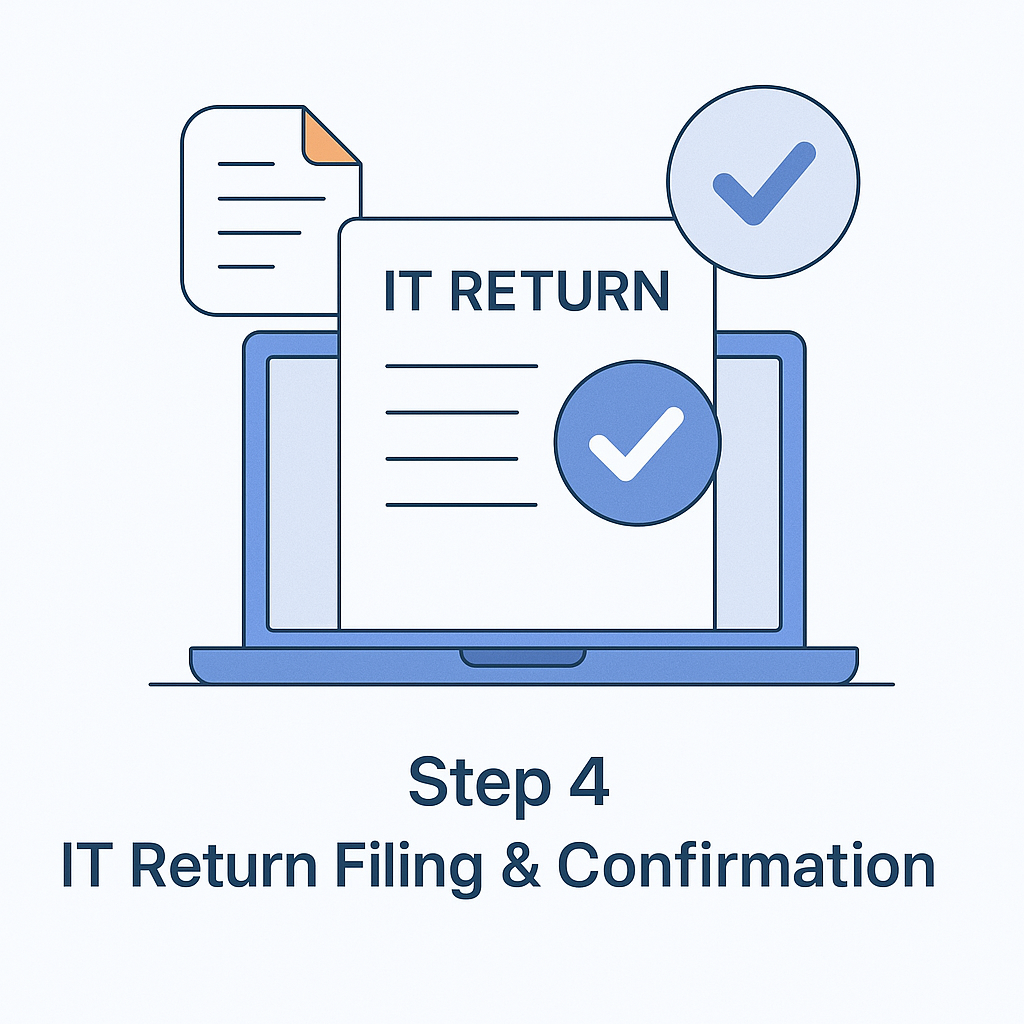| Account | Information included | By whom |
|---|---|---|
| Registration of goods purchased | Account should contain the details of the goods manufactured in the company or in the production house. | This account is to be maintained by every Assessee who carries on any manufacturing activity. |
| Purchase Register | It will contain all the information about the purchases made within the tax period. | This is maintained by all assesse. |
| Sales Register | It includes all the accounts for the sales made within the tax period. | This is maintained by all assesse. |
| Stock Register | This register contains the correct stock of inventory, available at any given point of time. | This is maintained by all assesse. |
| Input Tax Credit (ITC) availed | Under this register details regarding Input Tax Credit availed for a given period is included. | This is maintained by all assesse. |
| Output Tax Liability | This register contains the details of GST liability outstanding which is to be adjusted against input credit or paid out directly. | This is maintained by all assesse. |
| Output Tax Paid | This register includes the details of the GST paid for a tax period. | This is maintained by all assesse. |
| Specification of other records | The government can further specify by issuing notification, for any further record or account to be maintained. | It is to be maintained by the specific business as it will be notified by the government. |
Accounts and Records Maintained Under GST Law
Every registered person under GST will have to maintain a “True and Correct Account” for the goods and services imported or exported. As per the rules on Accounts and Records, a registered person will not only have to keep the record of invoices, bill of supply, credit notes, debit notes, refund vouchers, payment vouchers, delivery challans and e-waybills at the place of business. The registered individual will have to maintain accounts and record for each activity like manufacturing, trading, and provision of services separately.
Classification of GST Invoice in India and its Uses Get Details
In addition to these records, every registered person will have to maintain accounts of stock for each commodity received or supplied by the supplier. He/she will be liable to include the information regarding receipt, the supply of goods, opening balance, goods destroyed and balance of stock left in the form of raw materials, finished goods, scrap, and wastage.
Accounts and Records Under GST
GST has substituted all other taxes which were previously imposed. It has reduced the number of accounts which were maintained earlier. GST is set to change the way of business which was conducted earlier in the indirect tax system. Under GST, a trader is required to maintain the following accounts, apart from the accounts of purchases, sales, and stock
- Output CGST account
- Input CGST account
- Output SGST account
- Input SGST account
- Output IGST account
- Input IGST account
- Electronic Cash ledger, which will be maintained on the GST portal.
Get GST Solutions for your Business
- Seamless Migration to GST
- Expert Assistance over Chat and Email

Documents to be Maintained
All registered taxpayers under GST must maintain the following documents related to their business
- The stock of goods.
- Input tax credit availed.
- Details about the goods which are to be manufactured.
- Details of outward and inward supply of goods and services.
- Output tax which is to be payable and already paid.
- Any other document which is prescribed.

In case, the taxpayer has more than one place of business, then the accounts relating to each of the places of business must be maintained in the same location where the place of business is established. Records and accounts under GST can be maintained in both electronic or book format.
Periods of Retention of Account Books
Under Sub-Section (1) of Section 42, every taxpayer registered under GST is required to keep and maintain books or any other record until its expiry which will be 60 months from the last date of filing Annual Return for the year in which the accounts and records are maintained. A taxable individual who is part of an appeal or some proceeding with an appellate authority or Tribunal or court shall retain the books of accounts and other records which are pertaining to the subject matter whether it is filed by him or by the department on his behalf.
Maintaining GST Accounts
All Books of Accounts, including GST accounts and records, must be maintained at the principal place of business along with the records relating to the additional place of business. Each book of account with GST record, which is maintained manually should be serial numbered.

If any entry from any register or account or document is erased or overwritten, then it should be scored out under attestation and thereafter correct entry should be recorded. If the entries are recorded electronically, then there should be a log of every entry which is edited or deleted. Accounts which are maintained electronically should be authenticated by means of a digital signature. These accounts should be accessible from every related place of business, which is mentioned on the GST registration certificate.
If any document, register or book of accounts is found at any premises which belong to the registered person, it will be presumed to be maintained by the taxpayer, unless it is proved otherwise. Therefore, it is advised to the taxpayer to maintain all accounting and financial information safely by the taxpayer.
People Also Searched For
In the Blog
-
How SAFE are Online Tax Filing Websites
Are you befuddled by pop-ups and spam from intermediary firms promising to e-file your income tax returns more accurately than you ever will? Every tax return filing season, some new upstart comes along and badgers you on social media, redirecting your internet searches to his/her own portal – all in the hopes of obtaining one lead in your name.
16th September 2017
All India ITR Blog
 GST Basics
GST Basics
 Classification of GST
Classification of GST
 GST Benefits
GST Benefits





